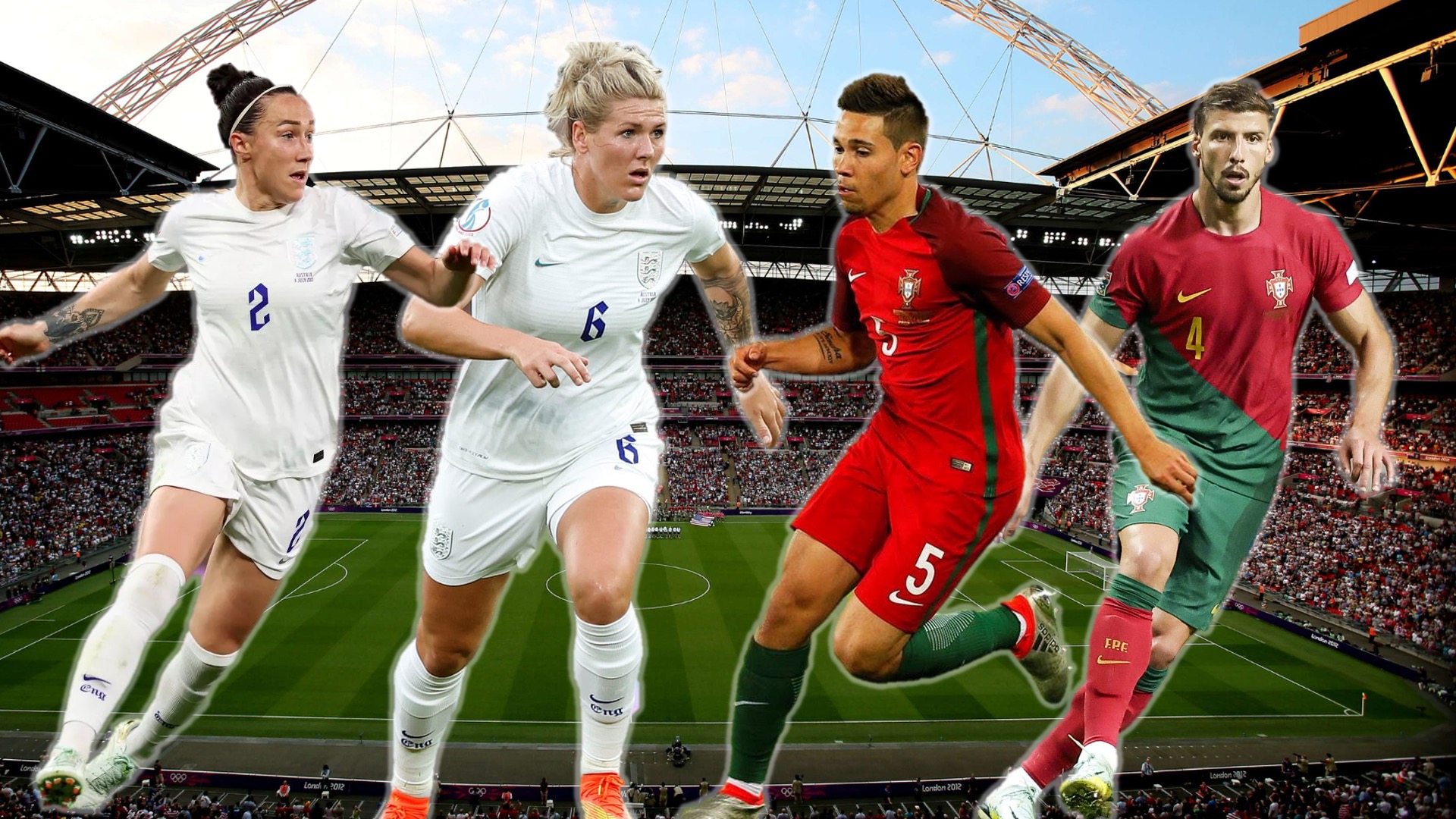
Introduction
Football is a team sport played by 11 players. It probably sounds obvious, but we cannot forget about that Interactions between them are extremely important. In their absence, the team will not be able to effectively carry out the game plan. In the defensive line, these interactions are even more important, namely the coordination between the central-back and the full-back. In this article, we will analyze some of the the individual defensive fundamentals for each position and explain how they should coordinate one another.
Center-Back: Reducing Reception Space Between Lines
In the defensive phase, the most important concept for a center-back is to identify their direct opponent. This will allow them to act in consequence and apply many other defensive fundamentals.
Central defenders must quickly identify which player is under their responsibility. Also, when and how to track them. This individual fundamental by position (Ekkono Individual Performance Secrets) consists of the following ideas:
- Identify direct opponent’s position. It is crucial, because without identifying the player under their responsibility, the center-back won’t be able to reduce the distance with them as they won’t know which player that should be. This is the easiest part of this individual fundamental by position (IFP).
- Checking if other opponents are inside the closest gaps. The next and most difficult part is to understand if there are other opponents inside the nearest gaps. This means to identify if there is any opponent in the space between them and their nearest teammates. Should that happen, the center-back cannot leave their position before the pass towards their direct opponent has been triggered.
- Follow the striker when there’s no threat inside the gap. When the center-back is in a situation where there is no other player threatening the gap between them and their closest teammate, they can follow the striker or direct opponent who can potentially receive the ball. They can do it, from the beginning of the action, as no other players are taking profit from their movement.
This is one of the most important individual defensive fundamentals. It helps your center-backs identify when and how they should commit. Also, understand when they must follow their direct opponent from the beginning or, in case their gap is threatened, in which moment they must jump to press players who are in the pockets.

Slide1
Ruben Dias (CB) has identified his direct opponent and checked whether there are other opponents inside the gaps with the full-back.

Slide2
Dias (CB) reduces the space with the striker in between lines while Guerreiro (LB) reduces his width to close the open gap.
“WHEN REDUCING SPACE BETWEEN LINES IT IS IMPORTANT TO IDENTIFY THE RIGHT MOMENT WHEN THE CENTER-BACK SHOULD COMMIT AND HOW THIS MOVEMENT MUST BE COORDINATED WITH THE FULL-BACK .”
Full-Back: Coverage to the Ball Holder’s Defender
Full-backs must offer coverage to center-backs when they are defending the ball holder. This concept applies in situations where their closest center-back abandons their position to press a player in between lines, leaving his space empty. In this case, the full-back must cover this free space by reducing their width. This will help to prevent opposing players from potentially attacking this gap. We divided this concept into the following steps:
- Check the position of their closest center-back.
- Protect the central space if the center-back is leaving their position.
- Respect the distance with their direct opponent.
The most common mistake that fullbacks often make is not to respect the distance with their direct opponent. Sometimes they close the gap too much and leave a lot of space for the direct opponent, usually one of the opposing wingers. When this happens, the opposing team will probably create dangerous chances because we are providing them the opportunity to receive the ball with enough time and space to progress further or shoot directly. Thus, it is important the full-back is in line with other defenders – keep balance in width but also in depth – and have the optimal distance with their direct opponent.

Slide3
Millie Bright (CB) is prepared to jump to her direct opponent to reduce the space, waiting until the ball is rolling to abandon her position to press.

Slide4
While Bright (CB) reduces the space between lines, Lucy Bronze (RB) reduces her width to cover the space behind center-back.
Conclusion
In conclusion, the synergy between center-backs and full-backs is pivotal to ensure a good defensive organization. The center-back must plays a crucial role in reducing reception space between lines, identifying direct and potential indirect opponents to maintain control and reduce the space. Simultaneously, the full-back’s duty to cover the space left by the central defender is equally vital. They must balance their positioning to prevent opponents from exploiting gaps, ensuring they maintain optimal distance from their direct opponents. These individual defensive fundamentals are key to ensure a good team defensive organization and avoid conceding goal chances.
Watch this individual secret on our virtual campus and learn more about individual and team fundamentals by position. If you are not a member yet, you can check our membership plans and start becoming an expert coach today!
